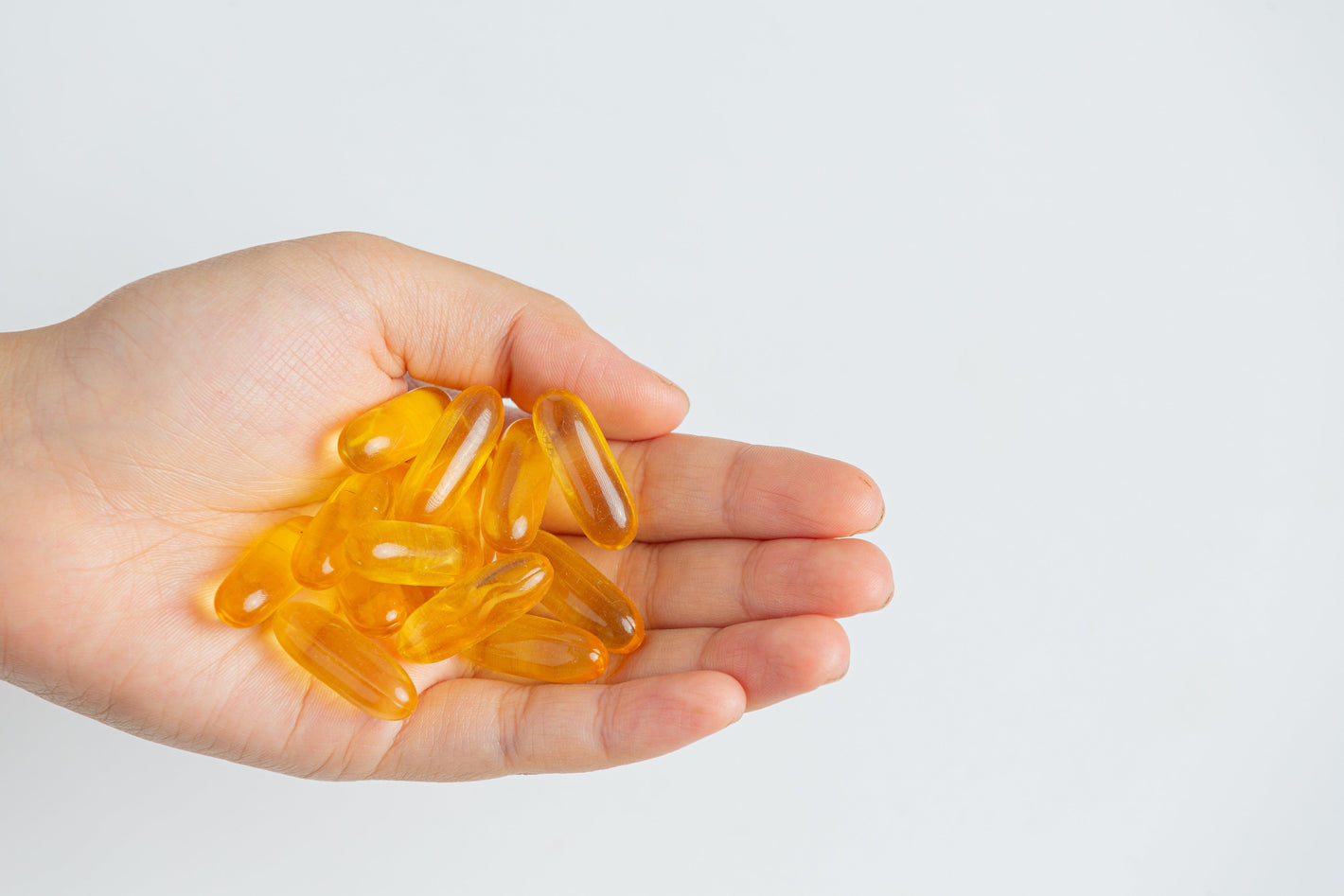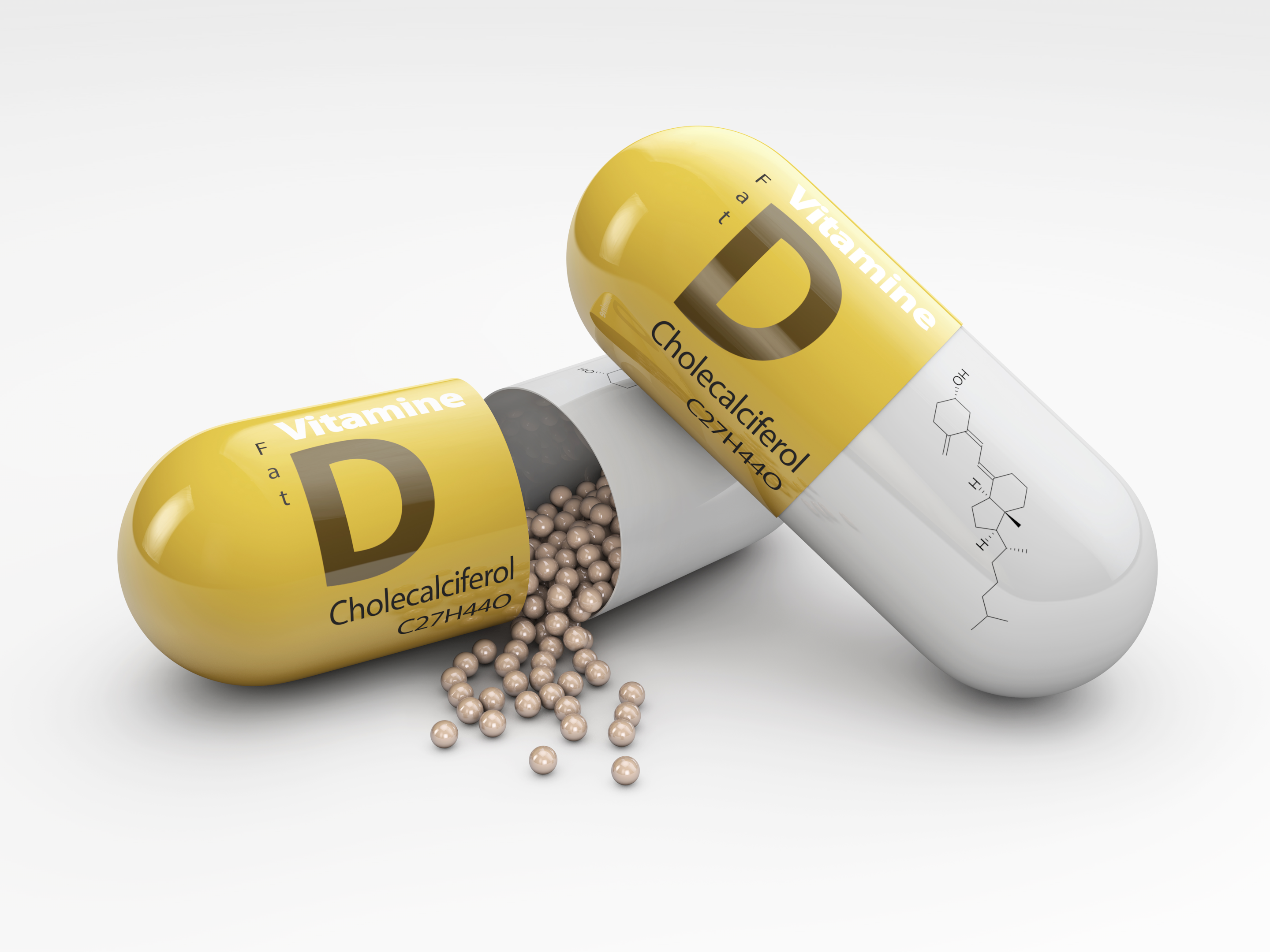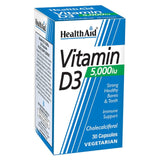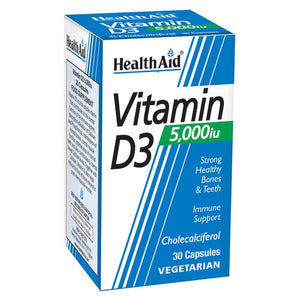What does 1000 IU mean on a vitamin d test?
.png?v=1675766470887)

Related products
Vitamin D supplement dosages are measured in metric units (mg/mcg) and international units (IU).
Vitamin D is a fat-soluble vitamin, and you need to be careful about how much you take. Taking too much vitamin D can cause the symptoms of vitamin D toxicity. Have you ever looked at the dosing labels on vitamin tablets? Primarily, they are written in 'IUs', although some are also written in mg or mcg. Some supplements may have both of these labels.
What is this 'IU', and how is it related to or compared to 'mg' or 'mcg'? How do these units work in the dosage of vitamin D? What does it mean if there is written '1000 IU' written on the vitamin D test results? Is '1000 IU' of vitamin D enough for you, or do you need more? How much vitamin D do you need?
Read more: Vitamin D everything you need to know.
What is the meaning of 'IU'?
The 'IU' is the acronym for 'international units. This unit is mainly used to calculate or prescribe the dosages of dietary supplements, blood products, vaccines, hormones and even some medicines. Compared to mg or mcg, which is the unit of mass, the IU is the unit of biological activity of the given substance. What does it mean?
The dosing of vitamins and some drugs depends upon various factors, e.g.,
-
Some drugs or vitamins are taken in some other form (s) but are converted by the body into some other more active forms inside the body which are more effective. For example, the liver converts vitamin D into 25-hydroxyvitamin D.
-
The same vitamins are often present in many different forms from various sources with different biological potency. For example, vitamin D is available in 2 states, D2 (plant origin and less potent) and D3 (animal origin and more concentrated).
So, instead of taking equal mgs (masses) of different forms of a vitamin, nutritionists are more concerned about the levels of their effective metabolites inside the body. It means biological activity is more important than mass.

These international units (IU) are fixed arbitrarily by the research committee set by the World Health Organization (WHO) to provide a measure to determine the effects of a substance inside the body regardless of its mass.
What is the origin of 'IUs' for vitamin D?
Let me explain with an example. The preferred form of vitamin D for routine supplementation is cholecalciferol (D3). Some supplements also contain ergocalciferol (D2). Both documents are well absorbed into the body. Both are metabolized into the body to produce the active form 25- hydroxyvitamin D (25OHD). So, you will be looking for the same dose of both D2 and D3.
The supplement containing 1000 IU of these two forms will be designed to produce the same levels of the 25OHD. It means 1000 IU of vitamin D2 will have the same biological activity as 1000IU of D3. Although D3 is known to be superior in raising serum levels, the same IU of both will have the same physical activity in raising serum levels.
The 'IU' compares different forms of the same substance
Also, remember that the unit 'IU' is different for different substances. It means one IU of other substances will have different biological activity, and you can't compare 1 IU of vitamin D with 1 IU of vitamin A.
The IU is often used to compare a synthetic analogue of a chemical with its natural form. For example, 1000 IU of Vitamin E equals 670mg of natural vitamin E (d-alpha-tocopherol). It means 1mg of synthetic vitamin E (dl-alpha-tocopherol) is not equal to 1mg of the natural form. However, 1000 IU of synthetic and natural forms will have the same activity and effect.
In short, the 'IU' provides a system to compare the physiological efficacy of different forms of the same substance. We have Vitamin D Tablets which provide 2000 IU of D3 in a single tablet and are beneficial for all age groups. Click here to place your order.
Read more: What are vitamin D tablets?
IU Vs milligrams (mg), which is better?
Another unit used for dosing is the milligram (mg) which is the thousandth part of one gram. The microgram (mcg) is an even smaller unit of mass and is the thousandth part of 1 gram. The mg or mcg is the unit of mass of a substance but is not related to its biological activity.

There is no 'better unit' used when measuring vitamin D. Both are used for different purposes. The units mg and mcg denote mass, while the unit 'IU' denotes the biological efficacy of the vitamin D supplement.
The IU provides an international standardization for all users and can be used to compare different forms of the same substance. At the same time, mg is the unit of mass and can be used to compare different substances to each other.
Is 1000 mg the same as 1000 IU?
Both are quite different from each other and are not the same for all substances. In the case of vitamin D, 1000 IU is equal to 0.025mg (25mcg) of vitamin D. As both D2 and D3 are converted into the same forms (despite different potency), both have the same mass for a given IU.
It means 1 mcg of both vitamin D2 and D3 are equivalent to 40IU of vitamin D. D3 is known to be more potent for the job than D2 and is also produced inside the body.
In the case of vitamin E, 1000 IU is equal to 670mg of the natural vitamin if you take it in the form of d-alpha-tocopherol. However, it is different for other states, e.g., IU is equal to 735 mcg for d-alpha-tocopheryl acetate and 826.4 mcg of d-alpha-tocopheryl acid succinate. So, the mass of each form is different, but the equivalent IU of all will provide equal biological activity.
Which unit is preferable?
There is no preference for any of the units, and it depends upon the local health authorities. The IU is an international standard unit used for vitamins A, D and E, which are available in various forms. However, it may be different in some parts of the globe.
For example, in the United States, the FDA required all food supplements to be labelled in metric units instead of IU. That's why it is common to have mcg or mg labels where IU once used to be. However, sometimes, both teams are used to select them for their biological activity.
Is 1000 IU of vitamin D enough for you?
The dose of vitamin D is optimized to achieve its levels (25OHD) in the blood of at least 20-30 ng/mL (nanograms per ml). However, the body needs vitamin D for a variety of functions, and how much you need depends upon your age and physiological status.
The dietary recommendations of vitamin D nutritional supplements for various age groups are;
-
For young babies under one year: 400 IU (10 mcg).
-
For all other age groups: 600 IU (15 mcg)
-
For older adults who are 70 or more: 800 IU (20 mcg)
-
For pregnant and breastfeeding women: 600 IU (15 mcg)
These dietary guidelines are just for guidance. Your vitamin D status decides the exact dose.
What should be the vitamin D level in your blood?
For practical purposes, the doctors adjust the dietary doses to achieve the desired serum levels, determined through a blood test. The levels of vitamin D in the blood are measured in nanograms per ml (ng/ mL) or nanomoles per litre (mmol/ l).
For conversation, the levels in the ng/ml are multiplied by 2.5 to get grades in nmol /l. The ranges for blood levels are;
-
Normal: 20 ng/ ml or 50 mmol/ l.
-
Low: equal to or less than 12 ng/ ml or 30 mmol/ l.
-
High: equal to or above 50 ng/ ml or 125 nmol /l.
The dosing data suggests that 1000 IU daily is more than enough for all of the population. But what will happen if you take too much of it? It is a fat-soluble vitamin; unlike water-soluble vitamins, you can't take as much as you want.
Can you take more than 1000 IU of vitamin D?
The toxicity of vitamin D is very rare because it is present in minute quantities in a few foods. However, it can occur if you accidentally take high doses of a high-dose supplement. The upper limit for various age groups is given below. Taking more than these limits can cause symptoms of toxicity.
-
Babies under six months: 1000 IU (25 mcg)
-
Babies 7-12 months: 1500 IU (37.5 mcg)
-
Babies 1-3 years: 2500 IU (62.5 mcg)
-
Older babies 4-8 years: 3000 IU (75 mcg)
-
For all other age groups: 4000 IU (100 mcg)
-
For pregnant and breastfeeding women: 4000 IU (100 mcg)
Taking doses beyond this range can cause the symptoms of vitamin D toxicity, e.g.,
-
Abdominal pain
-
Apathy
-
Dehydration
-
Abnormally high thirst (polydipsia)
-
Frequent vomiting
-
Increased urination (polyuria)
-
Confusion
-
Nausea
-
Weakness
However, doctors often recommend much higher vitamin D injections for people with acute deficiency symptoms. The toxic dose of vitamin D is several times higher than the daily recommended upper limit. A report published in the Frontiers in Endocrinology in 2018 noted that acute toxicity symptoms occur for doses exceeding 10,000 IU/ day.
How to monitor the vitamin D levels in blood?
If you choose to take 1000 IU of vitamin D daily, you should also monitor the levels in the blood. The blood tests for vitamin D detect two forms of it in the blood;
-
1,25-dihydroxy vitamin D, also known as calcitriol
-
25- hydroxy vitamin D (calcifediol)
The calcifediol stays in the blood for much longer and at higher concentrations. So, most blood tests detect its levels. Home testing kits are also available, which allow you to conduct the test at home and see the results. However, you may need to consult the doctor to interpret the results. The appropriate vitamin D levels in the blood will tell you if you are taking enough vitamin D.
When should you consult the doctor?
The symptoms of vitamin D deficiency (e.g., tiredness, fatigue, increased frequency of infections, depression, back and bone pain, increased frequency of fractures, hair loss, muscle pain, depression and anxiety) could be attributed to various other causes, and it may be difficult for them to be attributed to vitamin D deficiency.
It is also possible for you to have vitamin D deficiency without any symptoms. You should consult the doctor if you have deficiency symptoms and are also exposed to various risk factors. The doctor will use testing to rule out other causes of symptoms.
Bottom-line
Two units are used for the dosing of vitamins, metric units (mg and mcg) and international units (IU). The metric units are related to the mass of the product, while the IU measures the drugs' biological effects. Given that some vitamins are available in various forms, the IU provides an equivalent unit for all these.

However, the local health authorities may require both units to be mentioned on the label and on the test results. Regardless of the units, it would help if you had optimum vitamin D levels in your blood for various reasons and to avoid severe vitamin D deficiency. The deficiency can require you to take supplements.
Also increasing sun exposure will also improve and maintain optimal vitamin D and other health benefits. The doctor will use vitamin D blood levels to decide about the vitamin D supplements to maintain optimal vitamin D levels in the blood.
Our Vitamin D Blood Test is a handy testing package. You will get accurate results within two days. Click here for more information and to get your test kit. If you are uncomfortable with lab testing, we have a home-based instant test for you. Our Instant Vitamin D test can provide fast and accurate results in significantly less time. It detects the levels of 25-hydroxyvitamin D in the blood. Click here to order your test kit.



















 Rated Excellent by 26,523+ Reviews
Rated Excellent by 26,523+ Reviews